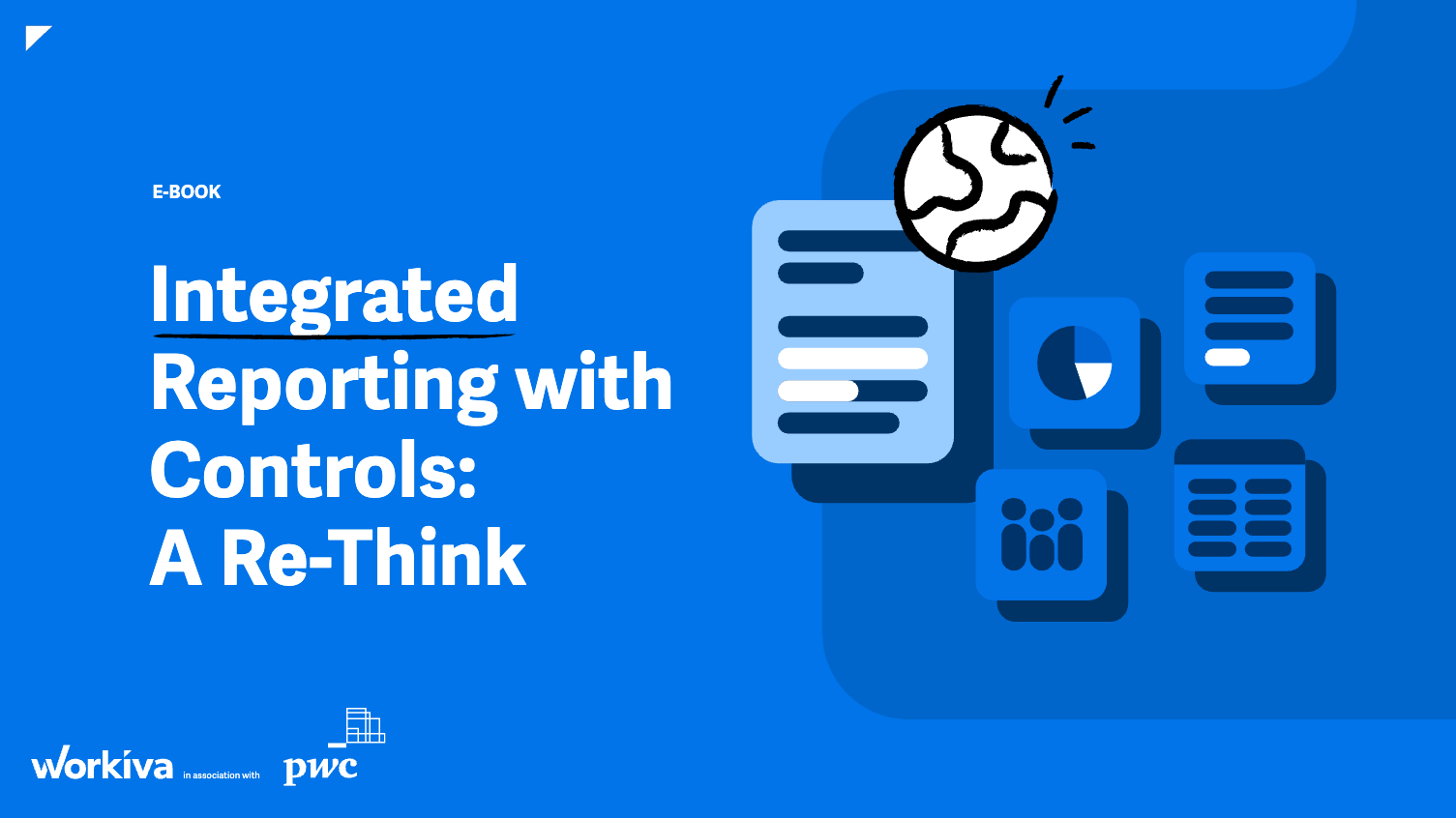Evolution of AI Capabilities
- Early AI applications relied on traditional machine learning models developed by data scientists.
- These models required human intervention to process new information and perform new tasks.
- Siri’s initial version in 2011 was a prime example of AI that needed constant human input to expand its knowledge base.
- Deep learning models, introduced in 2012, allowed AI applications to learn new tasks without human intervention.
Impact of Deep Learning
- Deep learning has revolutionized task automation, content generation, and predictive maintenance across industries.
- Machines can now engage in new behaviors and make decisions autonomously.
- The field of AI is in a constant state of flux due to advancements like deep learning.
Understanding AI Categories
- AI capabilities and functionalities are two encompassing categories that define AI applications.
- AI capabilities refer to the ability of AI systems to perform tasks that require human intelligence.
- AI functionalities encompass the different features and behaviors AI systems can exhibit.
The Future of AI
- As AI technology continues to evolve, our understanding of AI and its applications will also change.
- AI terminology may vary across sources, but the core concepts of AI remain consistent.
- Stay updated on the latest AI trends and developments to harness the full potential of AI.
For more information on AI advancements and trends, visit MartechTrend for insightful articles and analysis.




